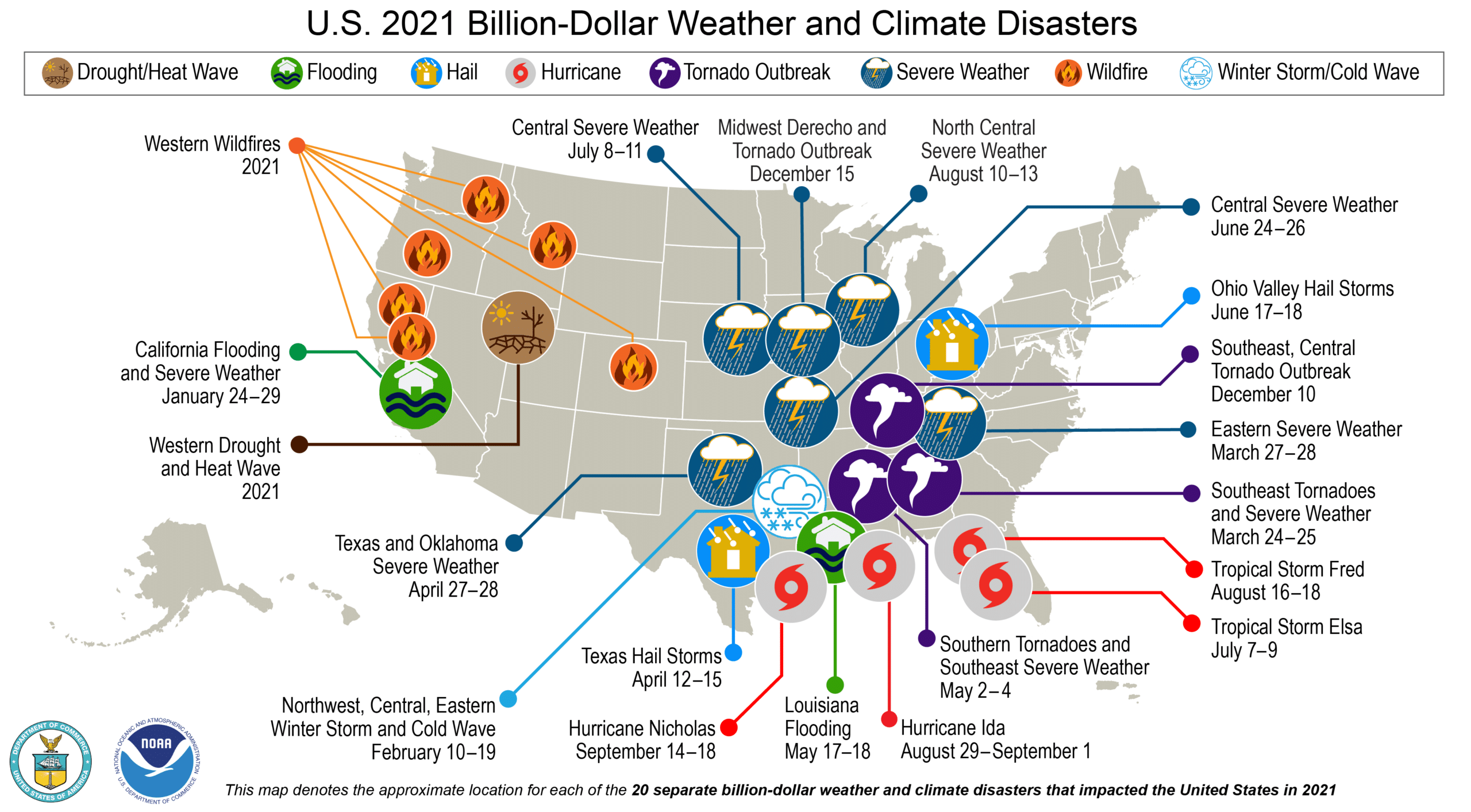USD 7.3-bn new program is part of the Administration’s Bipartisan Infrastructure Law and seeks to help communities combat the effects of extreme weather events in face of climate change
In yet another step to help communities combat the effects of climate change and address the growing costs of extreme weather events, the US Department of Transportation’s Federal Highway Administration (FHWA) announced a new program on Friday, July 29 to build resilient infrastructure. The first-of-its-kind program is part of the Administration’s Bipartisan Infrastructure Law that came in effect in November last year.
As part of the new Promoting Resilient Operations for Transformative, Efficient, and Cost-Saving Transportation (PROTECT) Formula Program funding, states will have USD 7.3 billion in funding available over five years to make transportation infrastructure more resilient to future weather events and other natural disasters. There program spells out that there is a need for focusing on resilience planning, making resilience improvements to existing transportation assets and evacuation routes, and addressing at-risk highway infrastructure.
“In every part of the country, climate change is impacting roads, bridges, and rail lines that Americans rely on–endangering homes, lives and livelihoods in the process,” US Transportation Secretary Pete Buttigieg said in a statement. “Using funds from President Biden’s Bipartisan Infrastructure Law, we’re launching this unprecedented effort to help communities protect their transportation infrastructure from extreme weather and improve routes that first responders and firefighters need during disasters.”
Climate change has been top of the current administration’s agenda. Earlier this week, an unexpected deal reached by Senate Democrats, announced late Wednesday, July 27, is said to be the most ambitious action ever taken by the United States to address global warming. The deal will also help President Joe Biden come close to meeting his pledge to cut greenhouse gas emissions in half by 2030. It entails nearly USD 370 billion over 10 years to boost electric vehicles, jump-start renewable energy such as solar and wind power and develop alternative energy sources like hydrogen.
The United States has been witness to increasing extreme weather events and natural disasters, much like the rest of the world. In addition to lives and livelihoods, the cost to GDP has been steadily rising. In 2021, the country experienced 20 separate billion-dollar weather and climate disasters, according to NOAA’s National Centers for Environmental Information (NCEI). Year 2021 was only in second place for the most disasters in a calendar year, behind the record 22 separate billion-dollar events in 2020. What really made 2021 stand out was the diversity of disasters. The NOAA report also found that 2021 was also unusually deadly — the 20 events caused at least 688 fatalities, making it the most disaster-related fatalities since 2011 and more than double last year’s number of 262.
ALSO READ: Geospatial, Mapping Central to US Govt Climate Action, says Top White House Aide
Transportation leading source of emissions
The announcement for PROTECT program builds on other actions of the transportation department to address the climate crisis, and also support the Administration’s whole-of-government approach to reducing greenhouse gas pollution by 2030.
Transportation is the leading source of GHGs in the US, contributing to 27 per cent of the country’s total GHG emissions in 2020, according to the Environment Protection Agency. The Biden Administration has put forward an integrated approach to reducing emissions from the transportation sector, which entails the use of Bipartisan Infrastructure Law funding to help state and local governments meet their GHG reduction targets.
Just recently, USDOT announced an emission reduction framework for transportation departments at local levels to help states and municipalities to track and reduce greenhouse gas (GHG) emissions.The new set of rules comes a day after the DOT announced alternative fuel corridor designations to build a national EV infrastructure.
ALSO READ: US Announces Emission Reduction Framework for Transportation Depts
The National Electric Vehicle Infrastructure (NEVI) Formula Program will provide USD 5 billion to states to build out a national electric vehicle charging network, an important step towards making electric vehicle charging accessible to all Americans. Other initiatives from the USDOT include the Carbon Reduction Program, which will provide USD 6.4 billion in formula funding to states and local governments to develop carbon reduction strategies.
What does PROTECT entail?
Eligible projects under PROTECT include highway and transit projects, bicycle and pedestrian facilities, and port facilities including those that help improve evacuations or disaster relief, and states are encouraged to work with regional and local partner organizations to prioritize transportation and emergency response improvements, as well as address vulnerabilities.
“We see the effects of climate change and extreme weather play out across the country every week, with extreme temperatures and rainfall and resulting flooding and wildfires that damage and in some cases destroy roads, bridges and other transportation infrastructure,” said Acting Federal Highway Administrator Stephanie Pollack. “The PROTECT Formula Program will help make transportation infrastructure more resilient to current and future weather events and at the same time make communities safer during these events.”
Improving resilience could involve both adapting existing transportation infrastructure and new construction, and could include the use of natural or green infrastructure to buffer future storm surges and provide flood protection, as well as aquatic ecosystem restoration. The ultimate aim is bolstering the infrastructure’s ability to withstand extreme weather events and other physical hazards that are becoming more common and intense.









